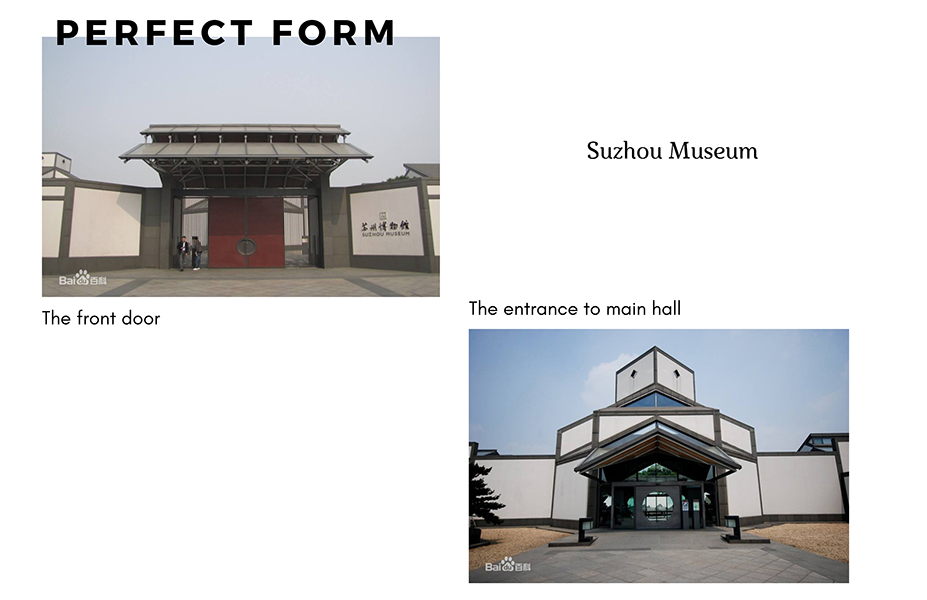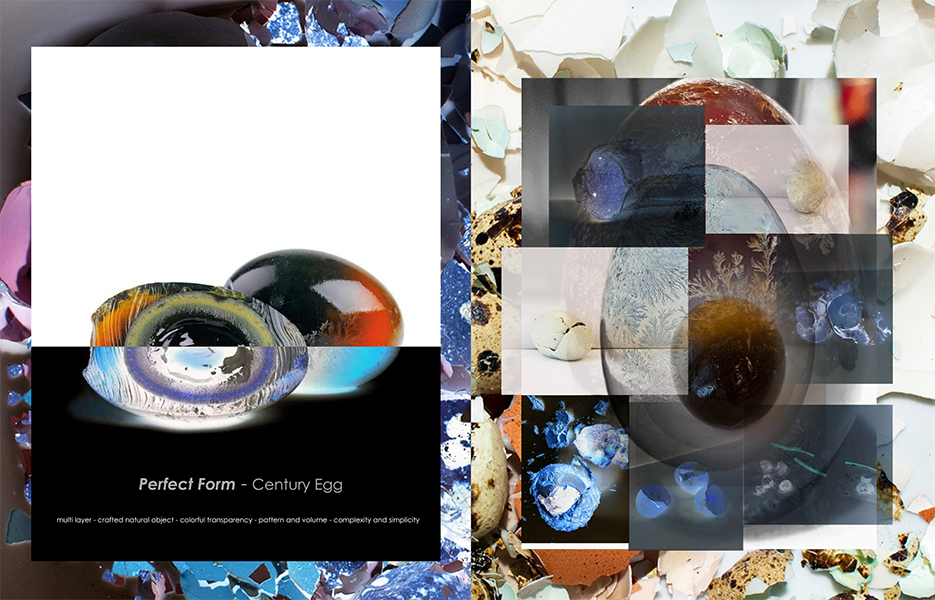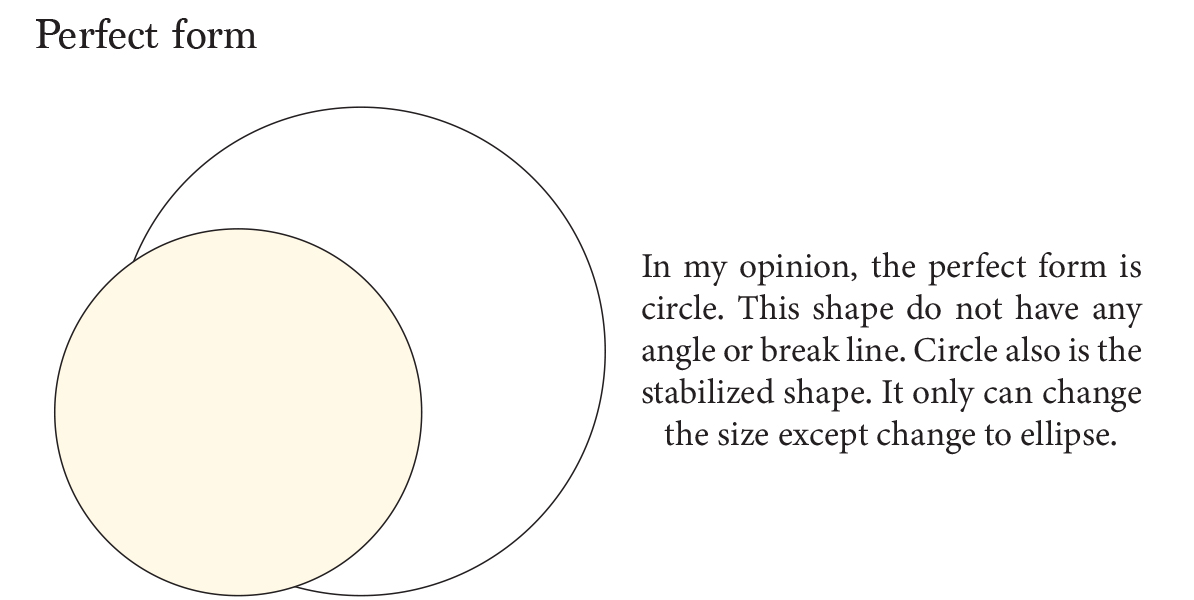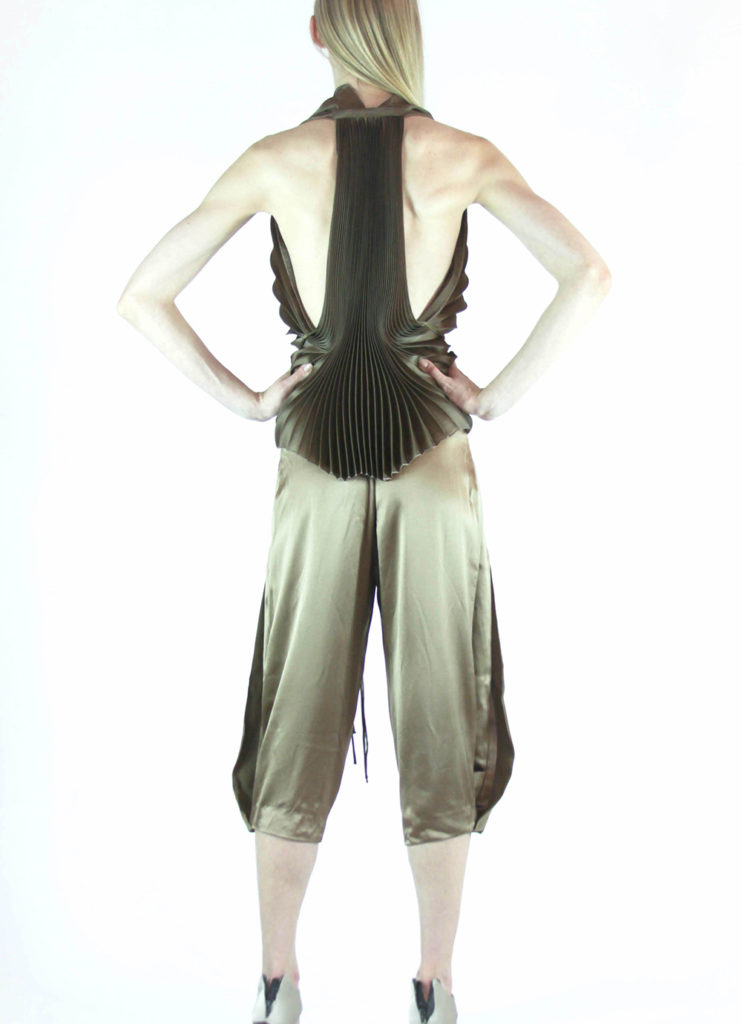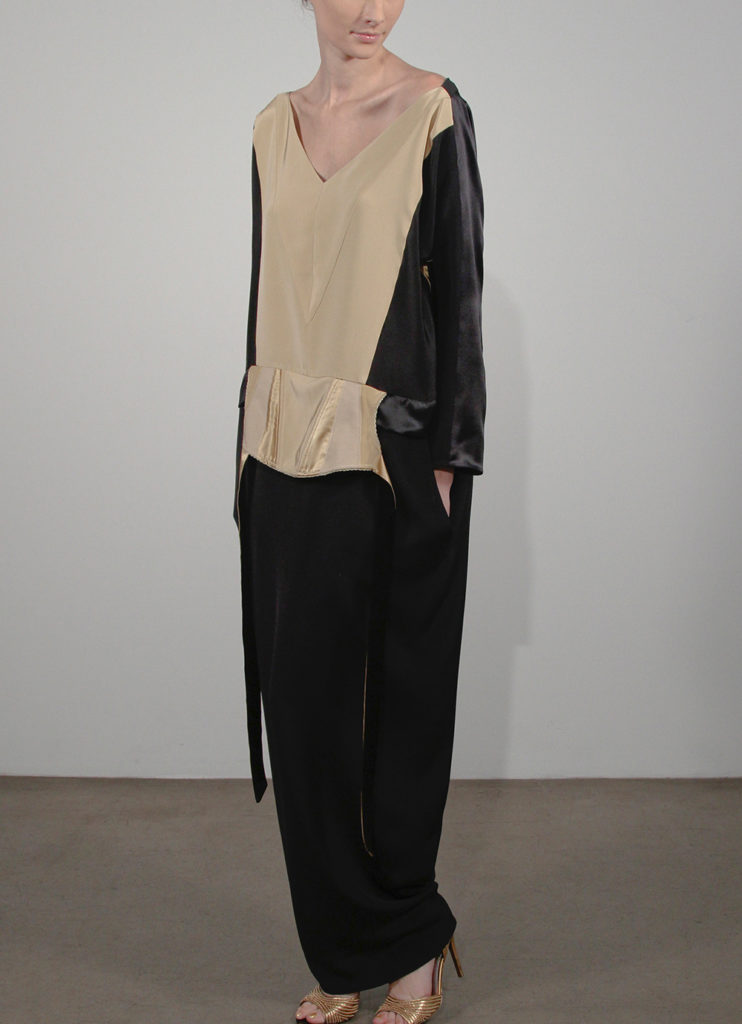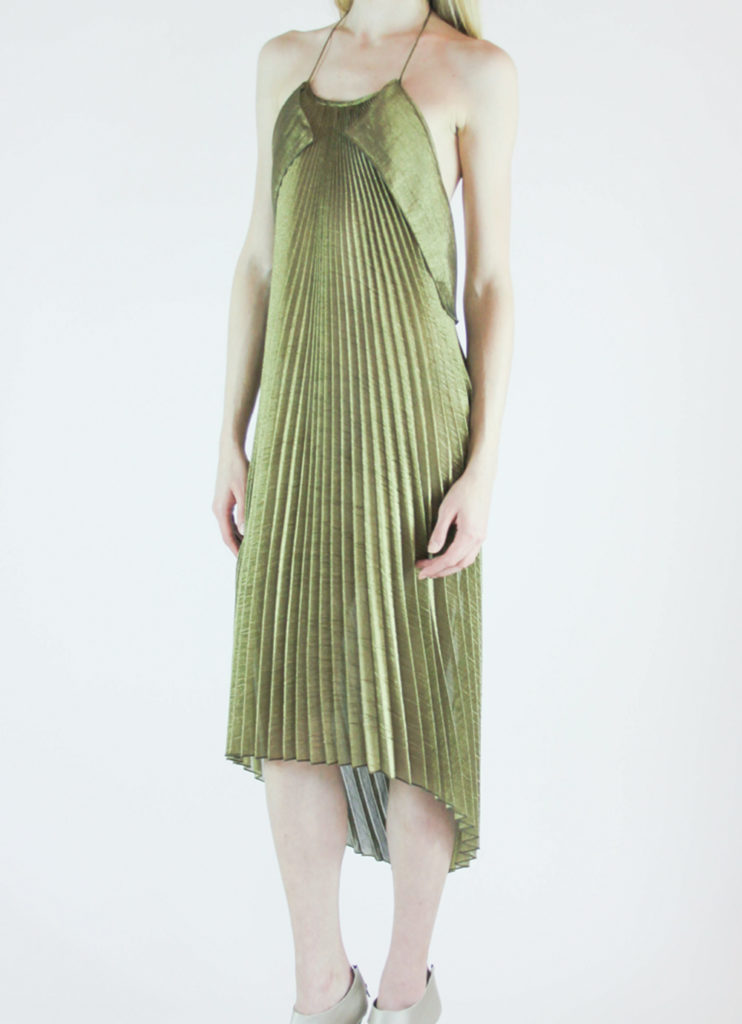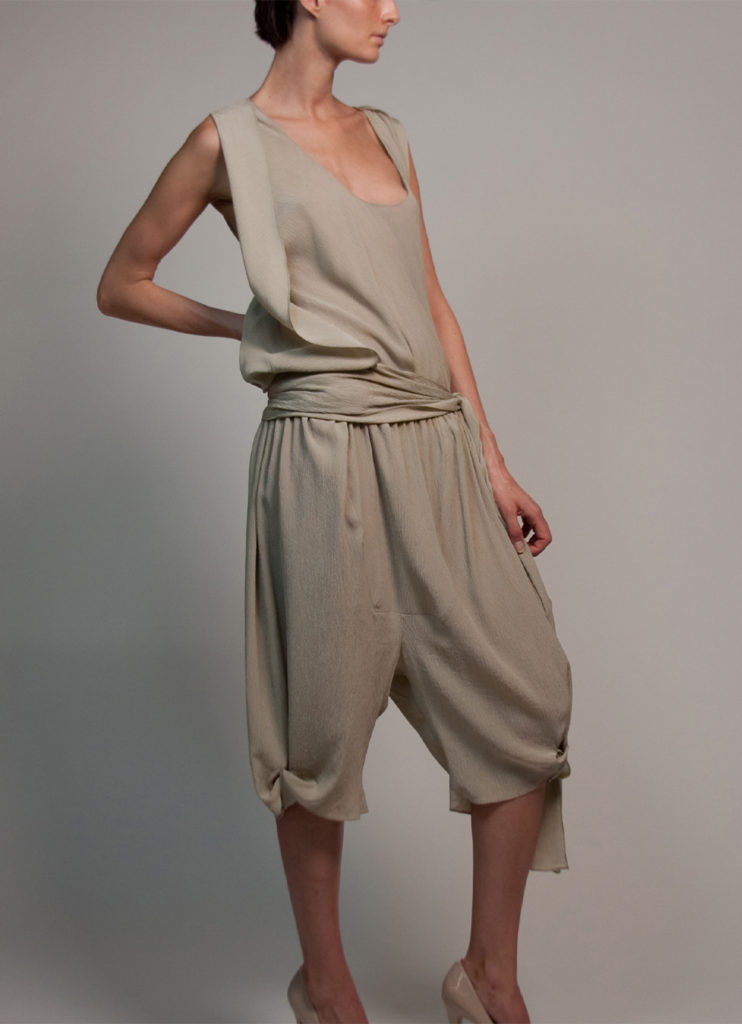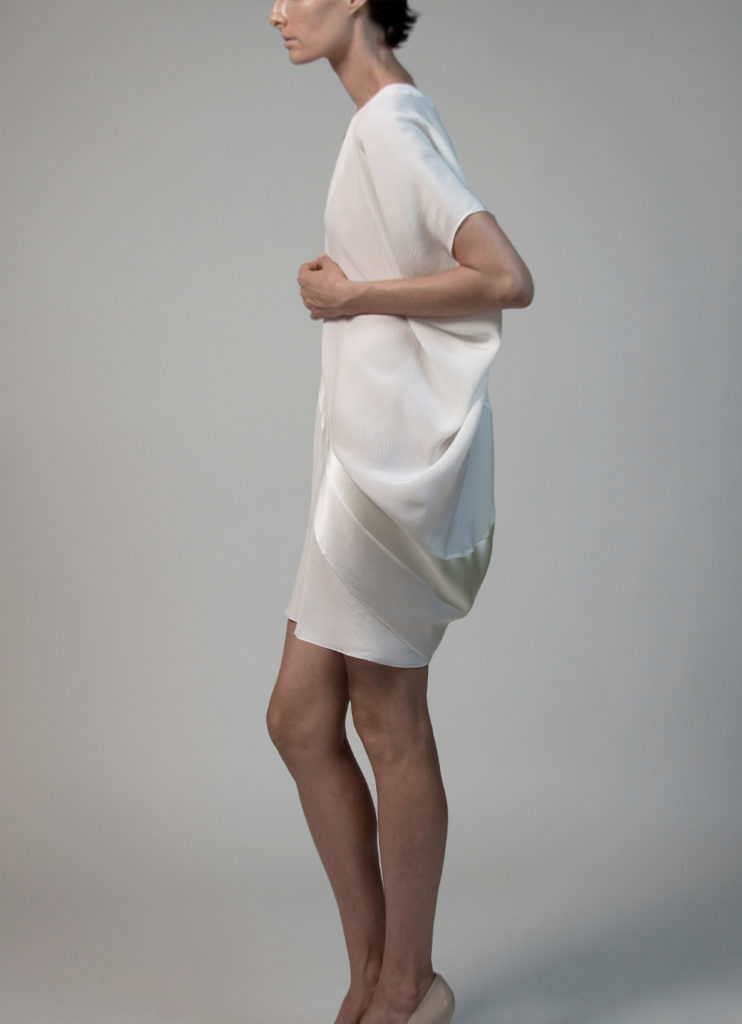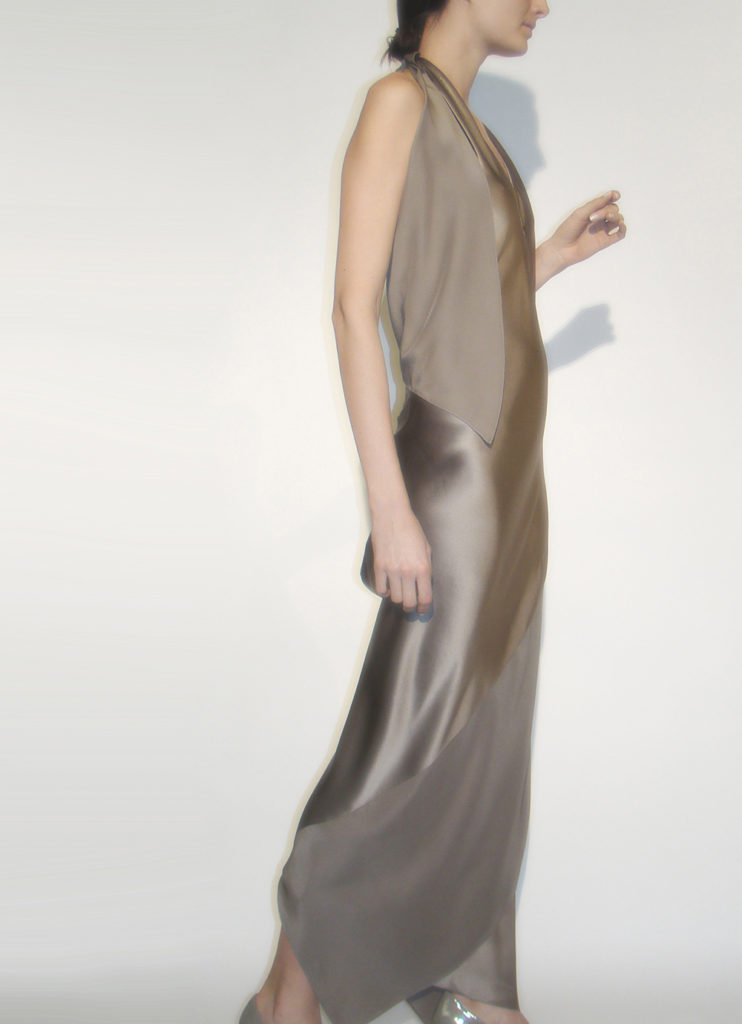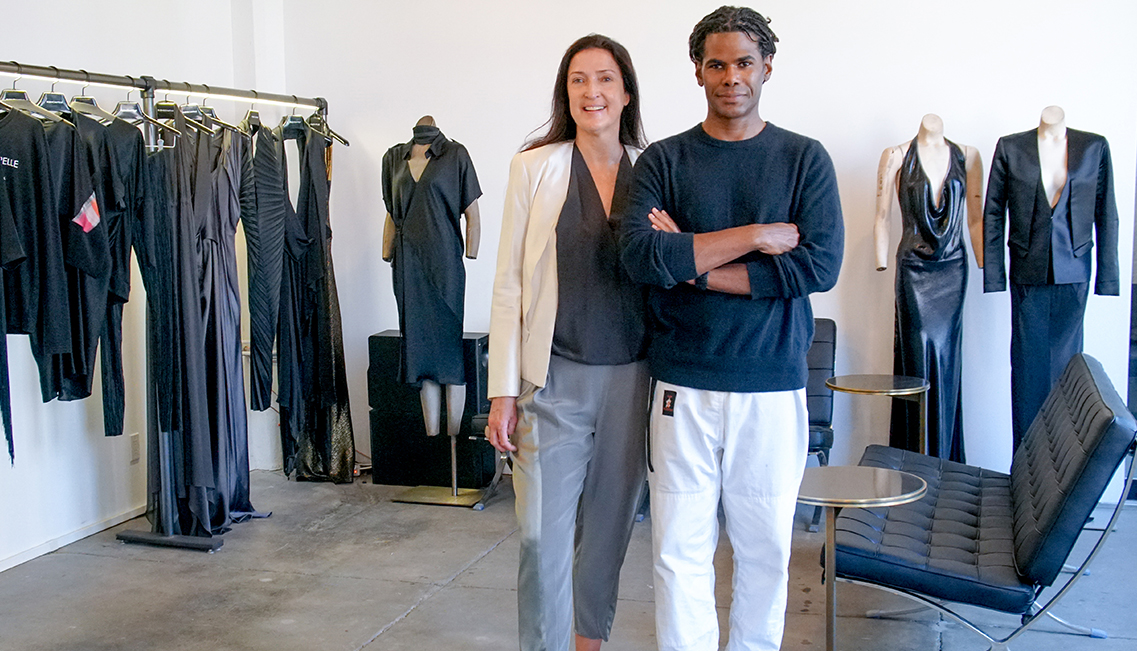

by Jonathan Vatner
They got the call last summer, when the world was shut down. Sonja Rubin ’93 and Kip Chapelle ’93, the married co-creators of the acclaimed women’s fashion line Rubin & Chapelle, had been volunteering at a food bank while their retail stores, in New York and Malibu, remained closed. When Cathleen Sheehan, acting chair of FIT’s Fashion Design MFA program, invited them to teach, they immediately said yes.
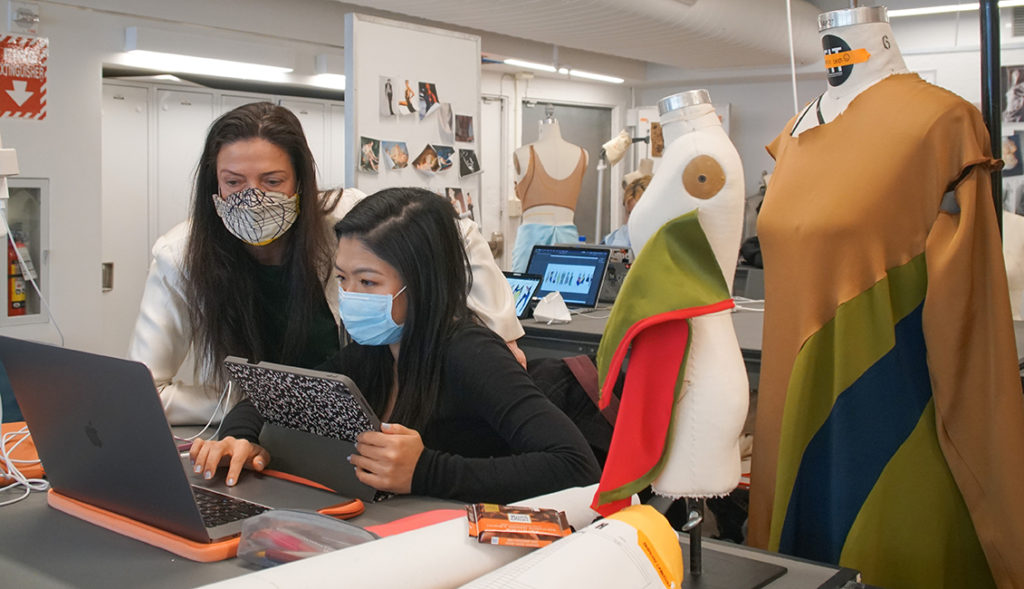
“We thought it made more sense to use our expertise to teach than to volunteer,” Rubin says.
The MFA program is known for its unique thesis process: When students apply, they propose an idea, which they explore in depth over two years. The process encourages original thinking and innovation, a disruption of the fashion system. Rubin and Chapelle, both Fashion Design ’93, are team-teaching all four semesters of the thesis course for the 19 students of the class of 2022.
[crellyslider alias=”rubin_and_chapelle”]
In an early exercise, each student brought in a garment that inspired them and articulated why. Under close supervision, they deconstructed the garment, made pattern pieces, and designed something new. Not only did they learn sewing and draping skills, they also began to consider the importance of sustainable fashion. Stephanie Chen’s Deconstruction/Reconstruction project above depicts the process of making pattern pieces from a garment they chose and reconstructing it to make something new.
The program seeks students from diverse academic and artistic backgrounds because they bring a fresh, outsider perspective.
“They are artists, graphic designers, biology majors,” Rubin says. “There is strength in naïveté, but it’s also, of course, a challenge. It’s very important to acknowledge the different aesthetic of each student and let that flourish.”
Student responses to the perfect form exercise included examples from design, art, architecture, and nature.
To get to know the students, Rubin and Chapelle asked them to “identify a perfect form, a real bullseye in the world of design,” Chapelle says. The students mentioned a museum in China, fertility statues, and a teapot, and together they analyzed each one. The exercise gave them perspective on what to strive for in their work.
Rubin and Chapelle, CFDA members since 2011, also strive for perfect forms in their own work. “One thing that satisfies me is striking a perpetual modernity,” Chapelle says, “something that’s not just timeless but that really has some impact, that lasts.”
A glimpse inside the Fashion Design MFA program, created by Kip Chapelle.
Indeed, their best pieces possess a startling architectural simplicity. Though many of the garments are loose-fitting and sculptural, even the most abstract shapes offer an element of body contact: a squeeze along the arms or a nuzzle against the spine—a subtle, comforting hug. The color palette is mostly black, white, and gray, with occasional pops of color. Contrast of shapes, colors, and textures runs throughout their work.
Rubin and Chapelle design by draping on a dress form and favor bias and spiral cuts, which endow the garment with natural stretch and fluidity. They work mainly in different weights of silk—twill, silk cotton, duchesse, and charmeuse—for its drape, durability, and easy care. They recently began sourcing peace silk, which is created without killing the silkworms.
A sampling of Rubin and Chapelle’s designs.
Ease of getting dressed is important to them—and it’s only gotten more important since the pandemic began.
“We want to give women a uniform that can be thrown on like a T-shirt but that gives them the empowerment of a tuxedo,” Rubin says. “It’s so easy for men to get dressed and have power encoded in their clothes. Our clients say that about our clothes, that they feel they can do anything in them.”
The duo has been in business since they graduated in 1993; in 1997, they opened an office on West 25th Street, and they are now a nimble team of eight. They used to wholesale with Barneys, Bergdorf Goodman, and Neiman Marcus, but they now sell exclusively through their boutiques and online. The reason, they say, is that they didn’t want to overproduce their clothes and watch them get marked down after six weeks. “If you go on the hamster wheel,” Rubin says, “you have to produce more to get a lower price, and the excess goes to the off-price retailer, or people burn it, or whatever is happening. We decided that is not the route we wanted to go.”
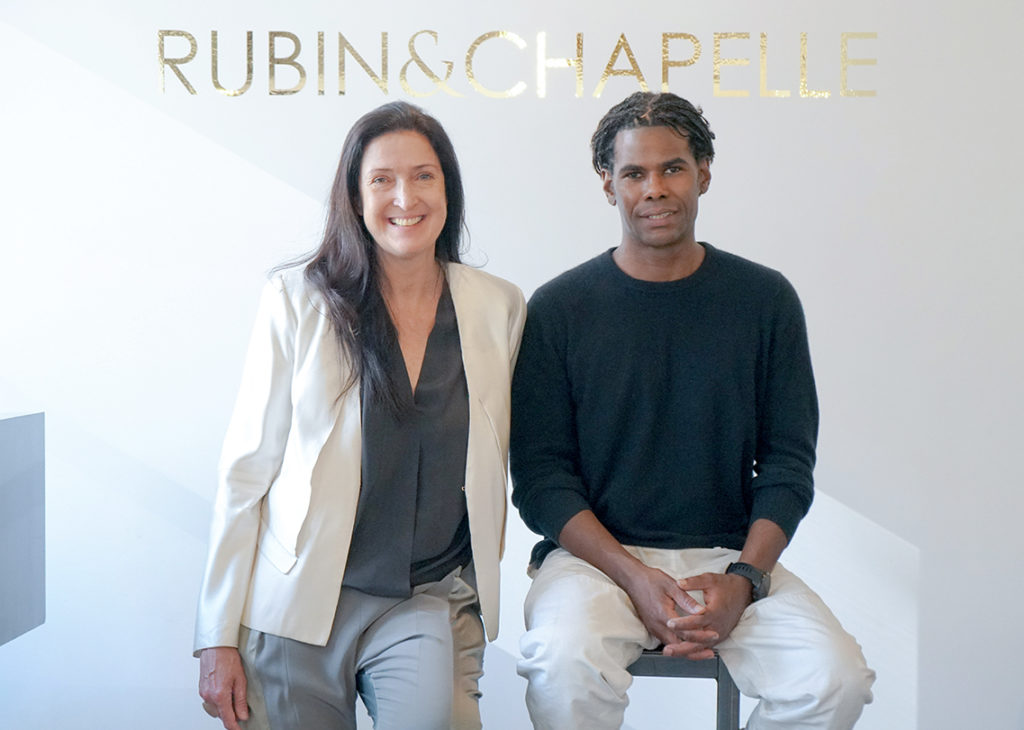
Instead, they produce in frequent small batches called drops, with the aim of selling every item. If demand is high for a piece—as it is for their satiny sport jackets and sleek pants—they refine the design and produce more in the next batch. They’re not wedded to the fashion seasons, either: When each new collection arrives every 8-12 weeks, Rubin and Chapelle contact their clients, inviting them to take a look.
“We never had an interest in making anything that goes out of fashion,” Rubin says. “We are the opposite of trendy.”
Their personalities complement each other. Rubin is outgoing and direct; Chapelle is reserved, choosing his words carefully. They met as students in the Fashion Design program and fell in love. “I always took his tools, and at one point he had to recover them,” Rubin recalls. “It hasn’t changed,” Chapelle says with a wry smile. “My things just sort of gravitate to her office.”
Distinguished Guests
Renowned fashion designers Ronald van der Kemp and Edward Buchanan served as critics for the class. Additionally, Rubin and Chapelle brought in Anna Sophia Hövener, head designer of Alexander Wang and former design director of The Row, and two designer/curator pairs: Hussein Chalayan in conversation with Dr. Valerie Steele and Edward Buchanan in conversation with Dr. Rachel Lifter.
